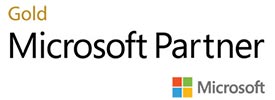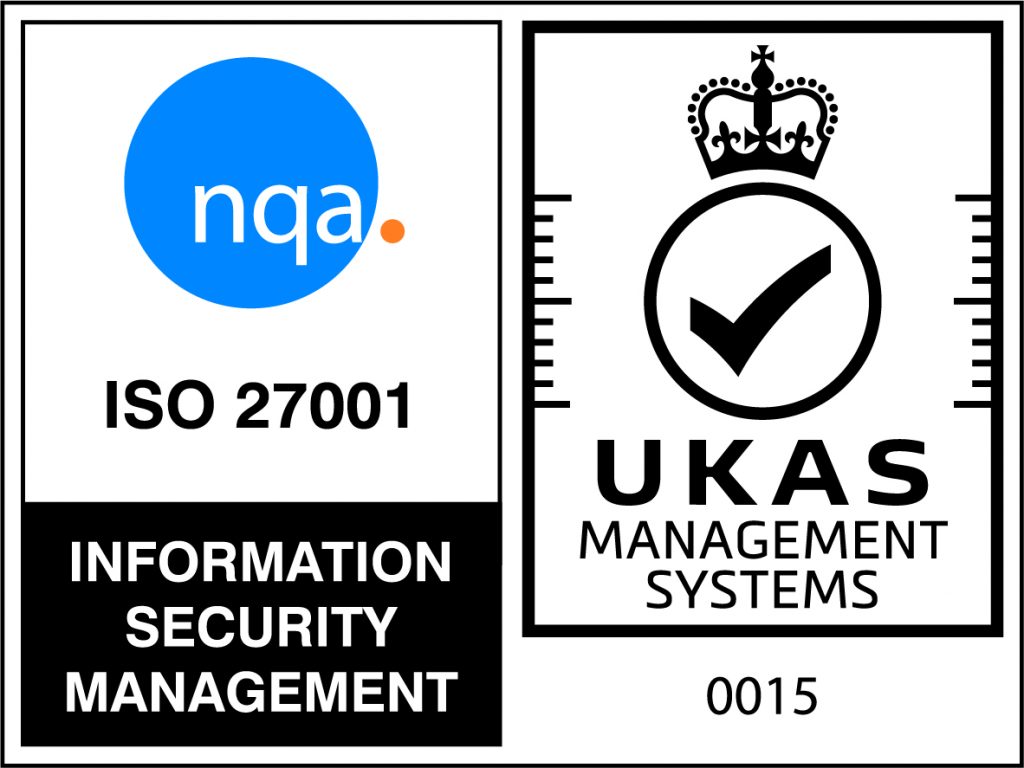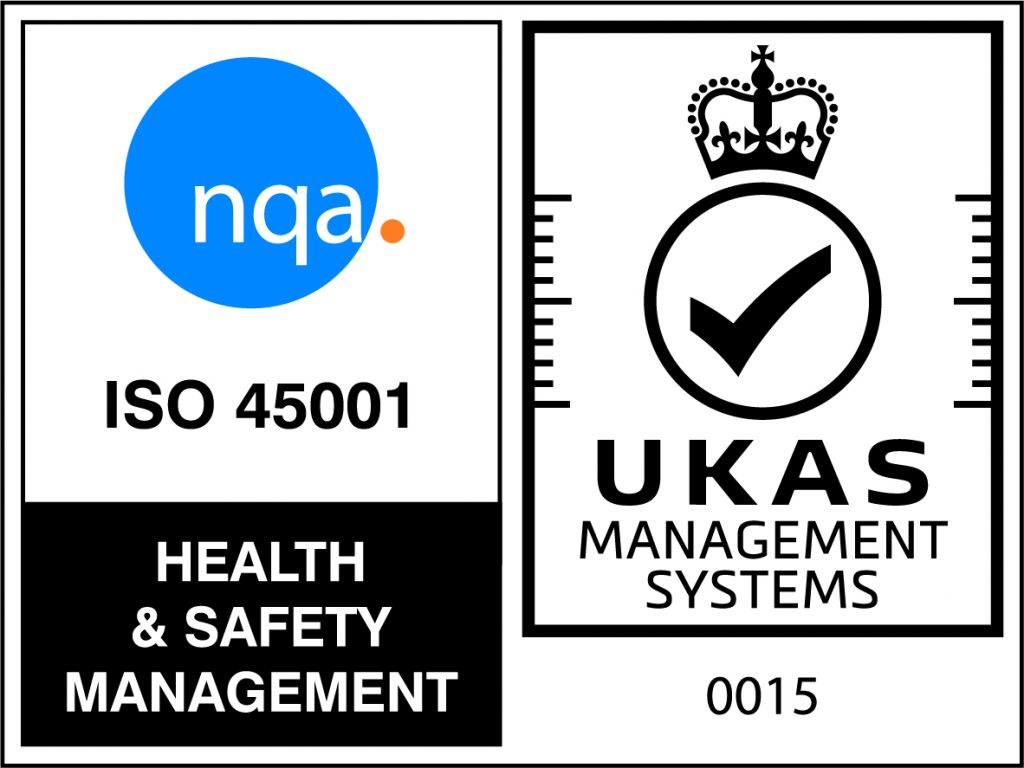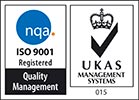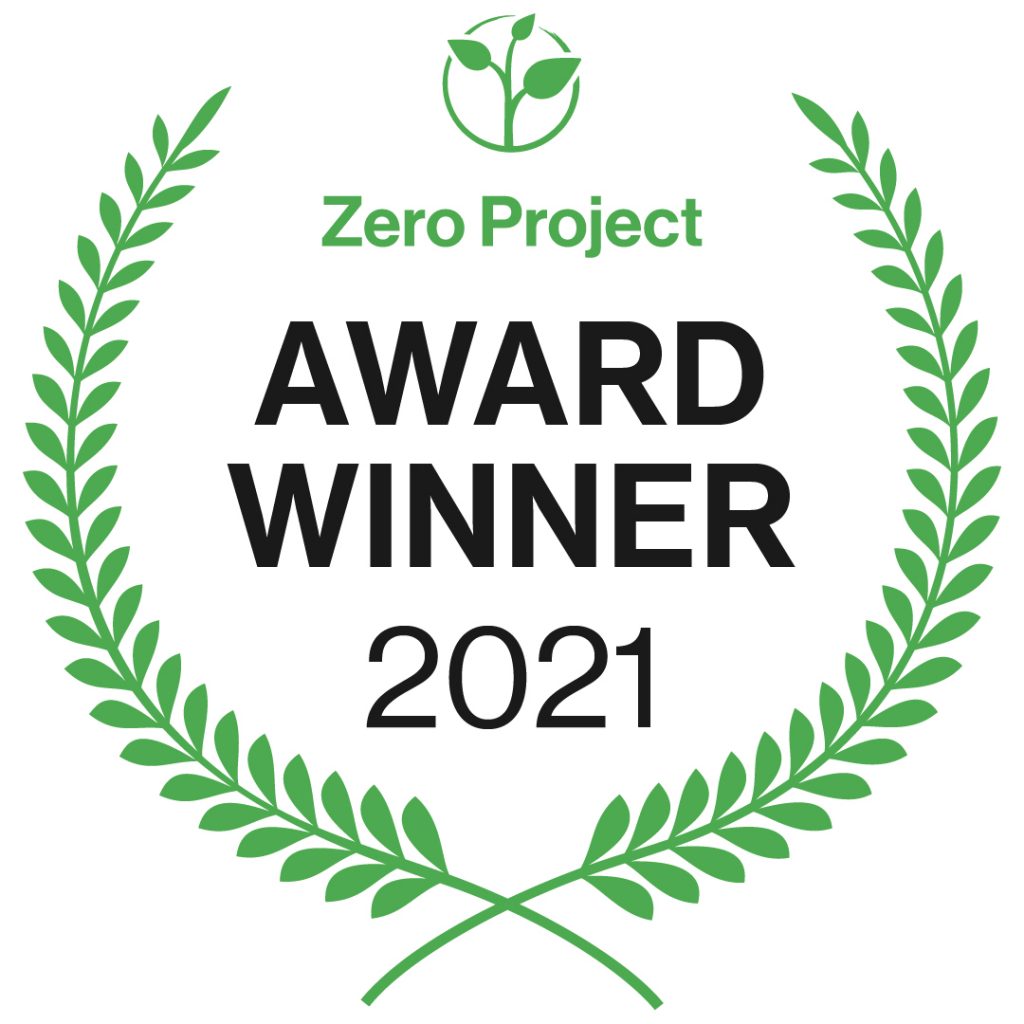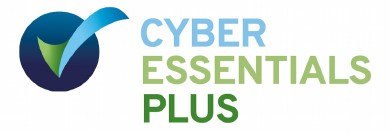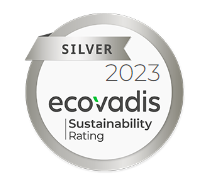Making learning accessible for every child
How Microlink is helping to rewrite the inclusion playbook through wellbeing and accessibility
We look around the education landscape with sadness and concern as the word” inclusion” has been diluted, misappropriated, and sometimes airbrushed out of everyday professional parlance.
The undeniable truth is that the word “inclusion” means different things to different people.
Even twenty years ago, multiple meanings were emerging[1], ranging from narrow and specific considerations to an all-pervading fundamental principle:
- Inclusion in relation to all groups seen as being vulnerable to exclusion, unfair treatment, bias, or having protected characteristics (a principle and a rallying flag championed by those fighting for equity in terms of race, gender, SEN, migrants, those on welfare social and economic support, traveller families, etc.)
- Inclusion as a narrow concern mainly focussed on individual disabled students and others categorised as ‘having identified special educational needs and/or disabilities’ (SEND).
- Inclusion as developing the school for all (welcoming, equipped, resourced, co-located units within the learning community for autistic young people, hearing impaired, etc., with some shared teaching and learning).
- Inclusion as ‘education for all’ (a system-wide consideration, ensuring that there is a “local offer” that ensures every learner has adequate and appropriate provision, whatever their needs, with mixes of mainstream and specialist provision)
- Inclusion as a principled and progressive approach to education and society (inclusive approaches that change thinking and behaviours, driving a generational change in attitudes, values and provision, akin to the social model of disability and the principles of universal design)
The sixth way of thinking about inclusion (as identified by Ainscow1) is entwined with behaviour and discipline. The trouble with the word “inclusion” today lies in the political, social and educational significance of its polar opposite, the word “exclusion”.
Exclusion is often seen (or expressed by some schools) as a solution of last resort for many children: “Well, we have tried everything else!”. Persistent Disruptive Behaviour remains the
[1] https://core.ac.uk/download/pdf/309634.pdf
single most common reason for removing a child from a school. And then the word inclusion can become weaponised politically: The language is changed and brutalised, when fixed term exclusions and permanent exclusions morph into words like suspensions and expulsions. Attempts to “include” such children are perceived by some as a toothless woke alternative that undermines “good” discipline, the threat of punishment to ensure compliance, the child’s ownership of high personal standards and in some cases, zero tolerance to aberrant or persistent disruptive behaviour.
Maybe “inclusion” is also too entwined with a medical model of disability, something that needs to be done by an organisation or a community to overcome barriers to learning and living that reside within the protected characteristics of an individual?
My search for an alternative narrative has been inspired by working for Microlink, a company that has served businesses, corporates and universities well for over thirty years in the fields of WPA (workplace Adjustments) and DSA (Disabled Students Allowances). For the past three years our thinking has also been informed by engaging positively with nearly six hundred primary, secondary and tertiary education institutions.
Instead of inclusion, let’s talk about making learning accessible.
Accessibility puts the onus onto an employer, an education setting, an organisation or a community, to remove as many systemic barriers as possible to productivity, to effective learning or to living a fulfilling and independent life.
Accessibility aligns to the social model of disability, meaning that it is incumbent on society in its broadest sense to remove barriers to full participation.
A focus on access to learning forces school communities to rethink.
This is because outstanding teaching does not always produce outstanding learning.
Outstanding learning does not take place if the internal world of the learner is conflicted.
We now know the corrosive and long-lasting impact of childhood trauma and multiple ACES (Adverse Childhood Experiences) on the developing mind and brain. We now know that an anxious, angry or frightened mind will NOT learn.
The cumulative impact of the Covid pandemic is clear to see, in rising suspension and permanent exclusion rates amongst children with known vulnerabilities.
The British Dyslexia Association asserts that 70% of children with degrees of Dyslexia in schools today go unnoticed. Why? Because many are compliant children, hidden in plain sight, members of a neurodivergent community that may not be reaching their full academic potential because appropriate adjustments have not been made to their learning environment.
Sadly, some neurodivergent children kick out or play up, camouflaging their disability behind layer upon layer of “front” (sometimes called “masking”). What you see in the classroom is the visible tip of the Behaviour Iceberg (hyper-reactive behaviours, persistent disruptive behaviour, etc.) – you may have no idea what lies under the surface.
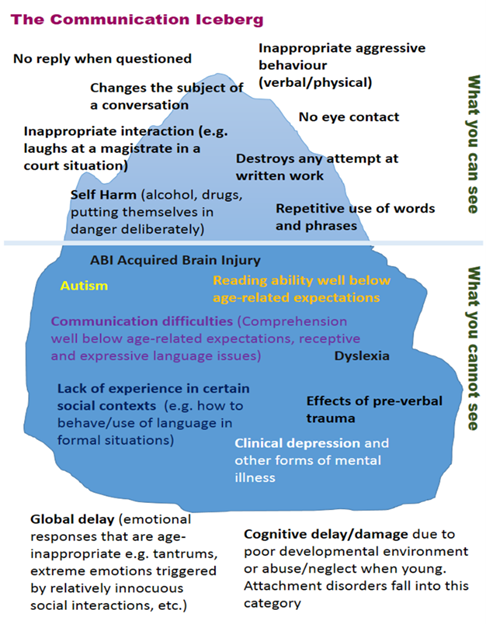
Microlink is promoting two global strategies to make outstanding learning and access to learning a possibility for every children.
Firstly, off the back of successful DfE-funded pilot projects involving over two hundred schools, we have launched “Be ThAT Teacher“, a professional development programme that promotes the use of Assistive Technologies (AT) in mainstream classrooms.
Through the generous sponsorship of HSBC, nearly 300 more school communities have been given free access to the training and resources, supported by a team of expert coaches, AT surgeries and a Needs Analysis Framework honed through three years of development practice.
New and emerging technologies that enable, for example, text-to-speech and speech-to-text have taken a dramatic leap forward as AI comes of age, opening up pathways for supporting children with learning needs to access high-quality teaching independently, and also to demonstrate their learning and understanding in new and exciting ways. We would like to create the possibility that learners of any age can “reach for” an appropriate assistive technology in a classroom in the same way they may reach for a pencil or pen.
Teachers participating in the programme have been delighted to see the immediate impact on motivation and engagement, including children who have complex needs (as this short video featuring AT in primary settings attests[1]).
Secondly, in partnership with Teaching Times, we have developed a new way of supporting school improvement called “Raising Attainment with Wellbeing[2]“.
We define wellbeing as creating a culture and climate that enables children and teachers to thrive.
And through a relentless focus on the wellbeing of children and staff, we make learning accessible to children whose internal world is conflicted by additional needs, trauma and neglect, and staff feel tangibly supported in a complex and challenging working environment.
Every school is different and distinctive. Every teacher is on their own professional learning journey. Every child is unique.
RAW (Raising Attainment with Wellbeing) acknowledges this, offering schools a smorgasbord of over twenty-five INSET Days’ worth of material to pick and choose from, that can be shaped to suit identified needs and emerging imperatives.
We are delighted that, within eighteen months of launching the programme, over four hundred schools have joined our community of practice, improving access to learning
[1] https://youtu.be/YV9QoWo5he8
[2] https://www.microlinkpc.com/education/wellbeing/
through wellbeing in their own time and in their own way. We want to help schools put a smile on the face of brilliant teaching and learning.
The world is changing rapidly. Knowledge is available in vast quantities on demand. Learning must change from being able to answer questions to being able to ask the right questions to create new knowledge.
We passionately believe that a refocus on wellbeing and making learning accessible will dismantle the existing systemic roadblocks linked to inclusion, exclusion and “raising standards” that so often act as barriers to new thinking and new possibilities.
Join us on the journey.

 Back to News
Back to News








